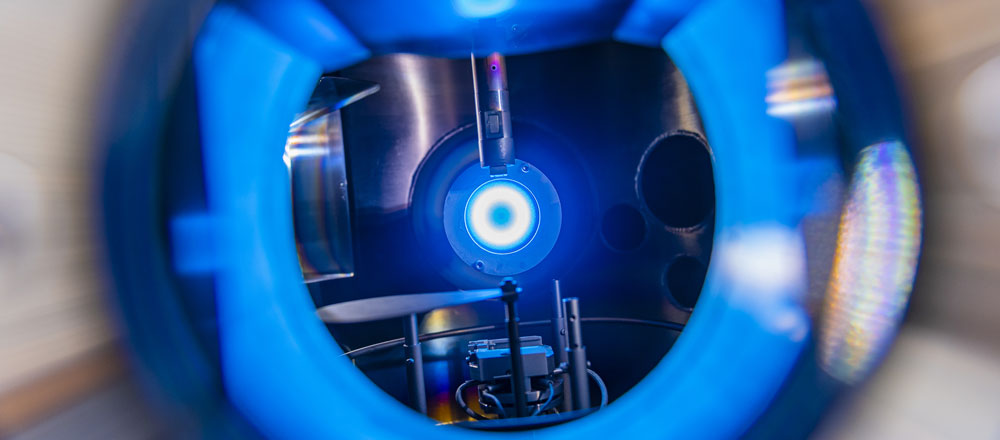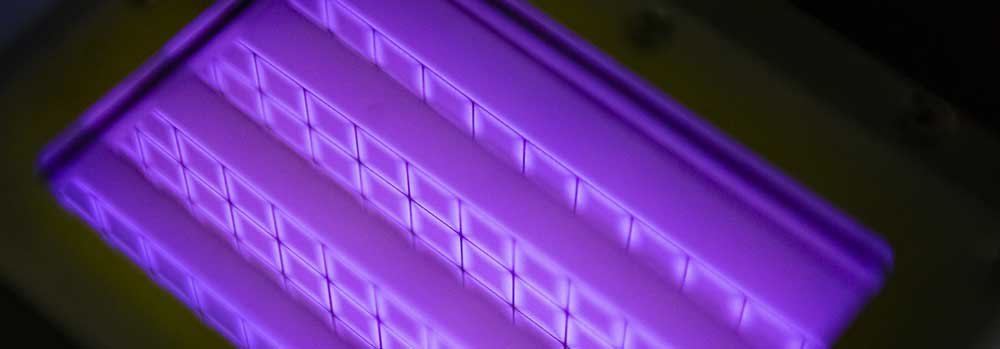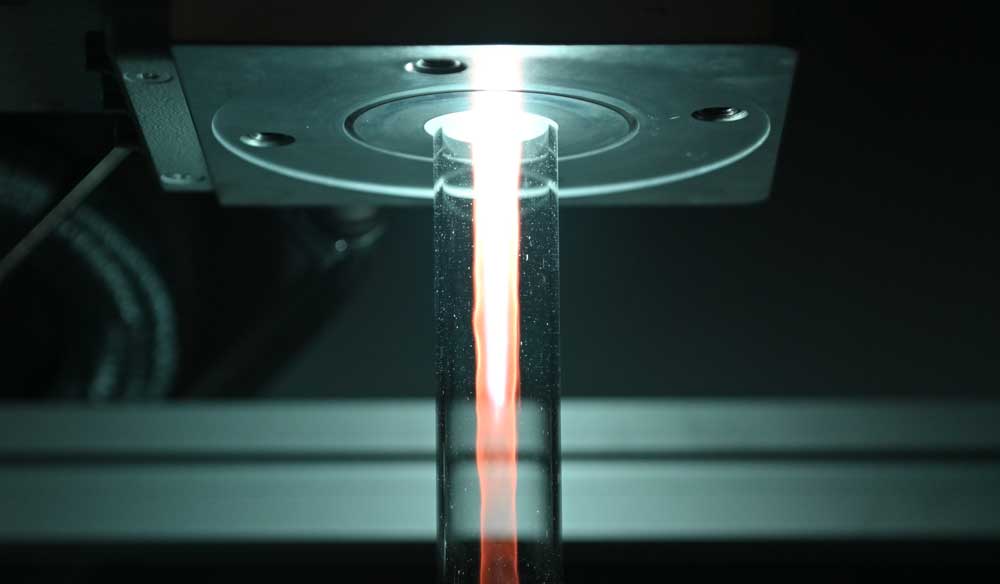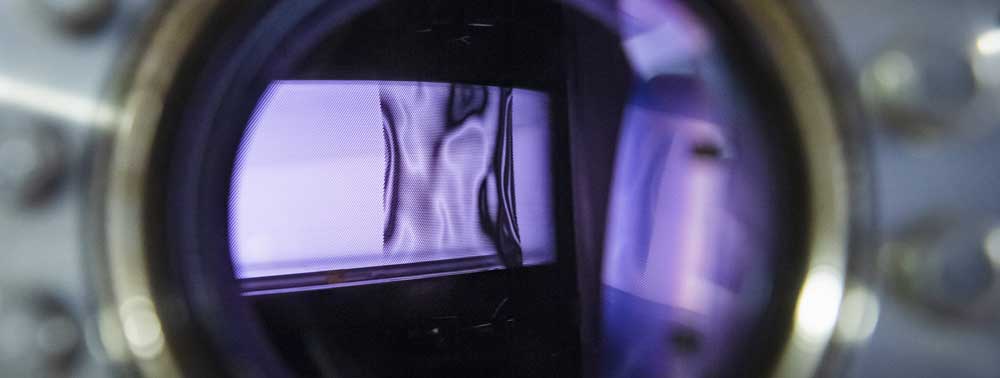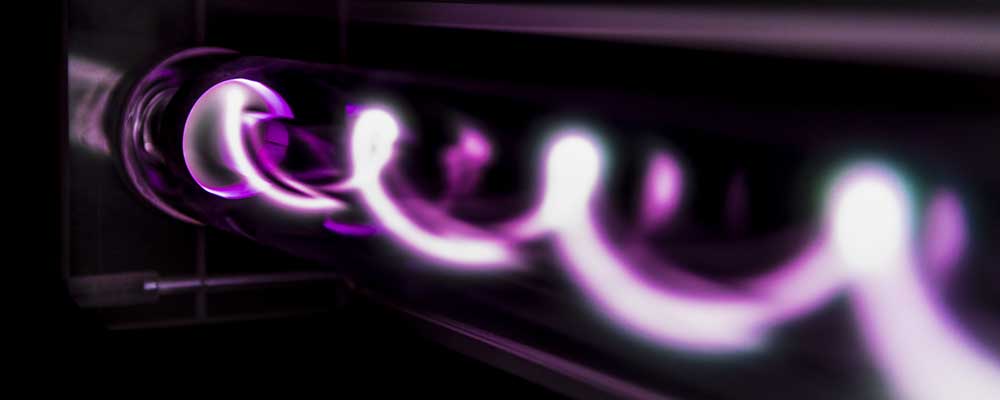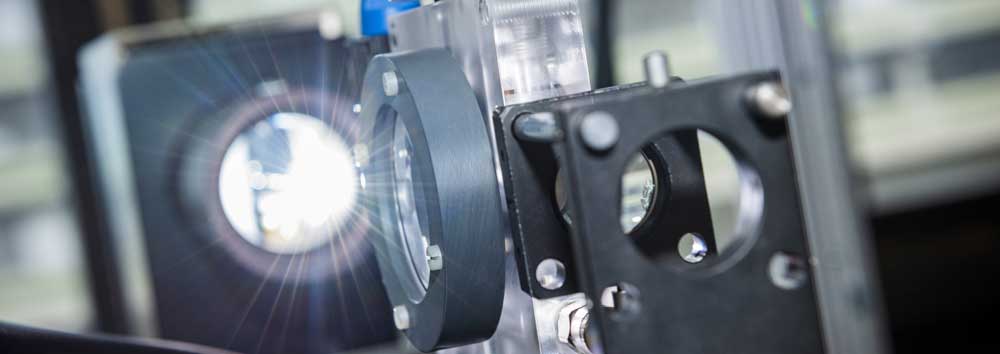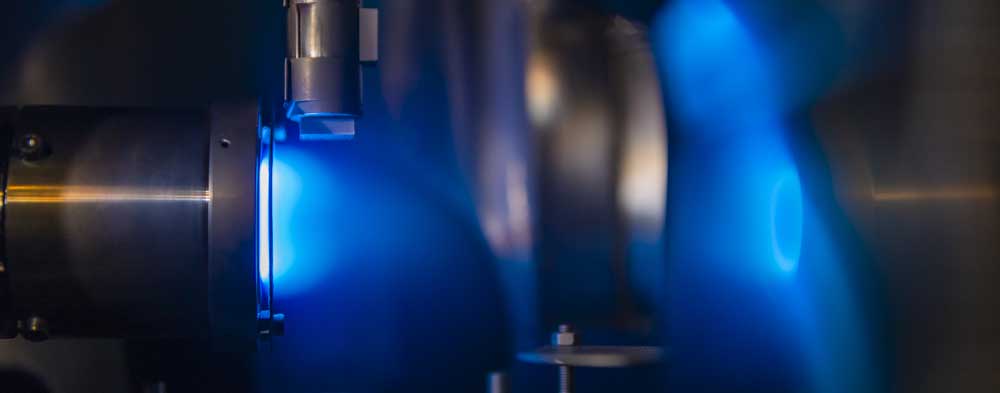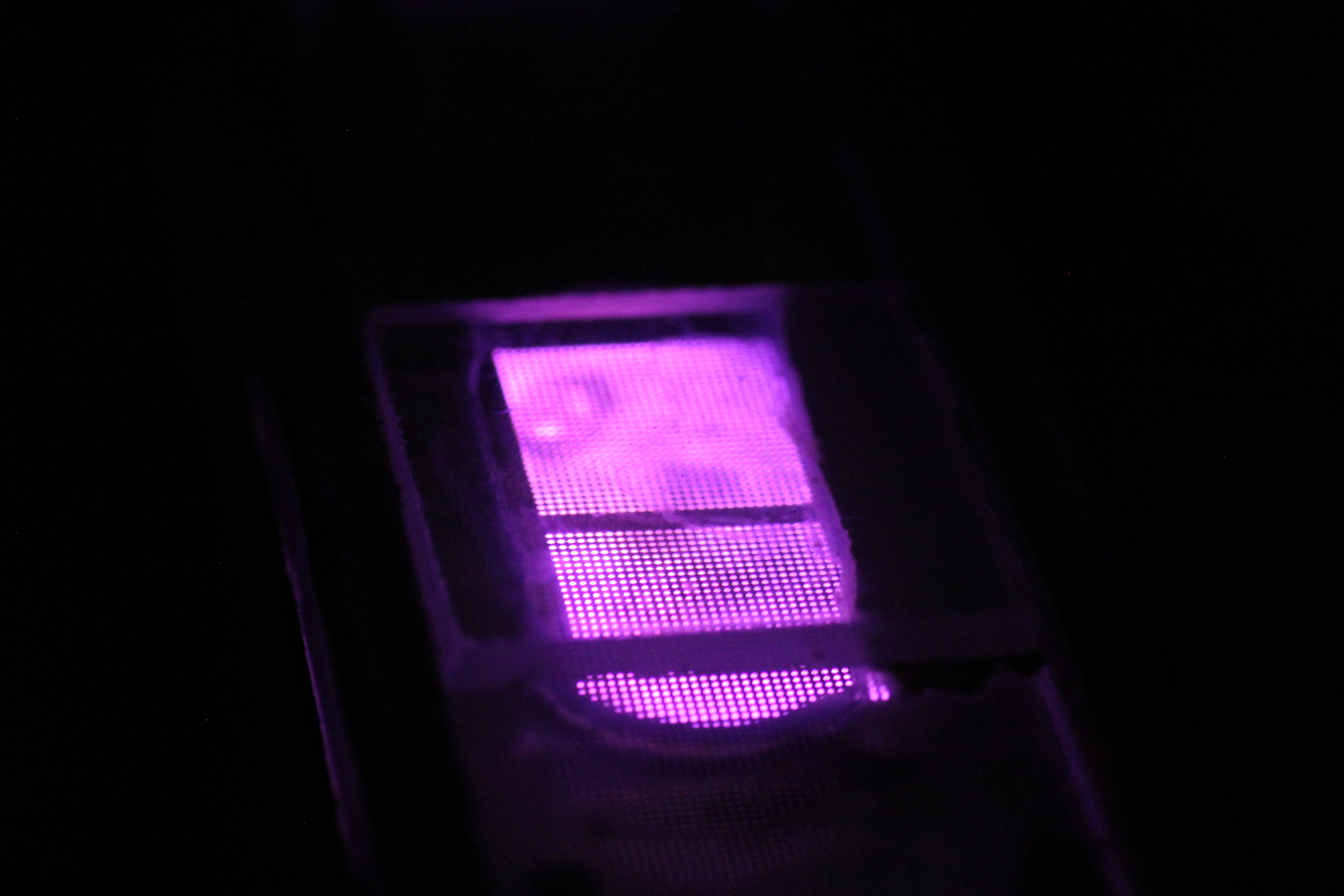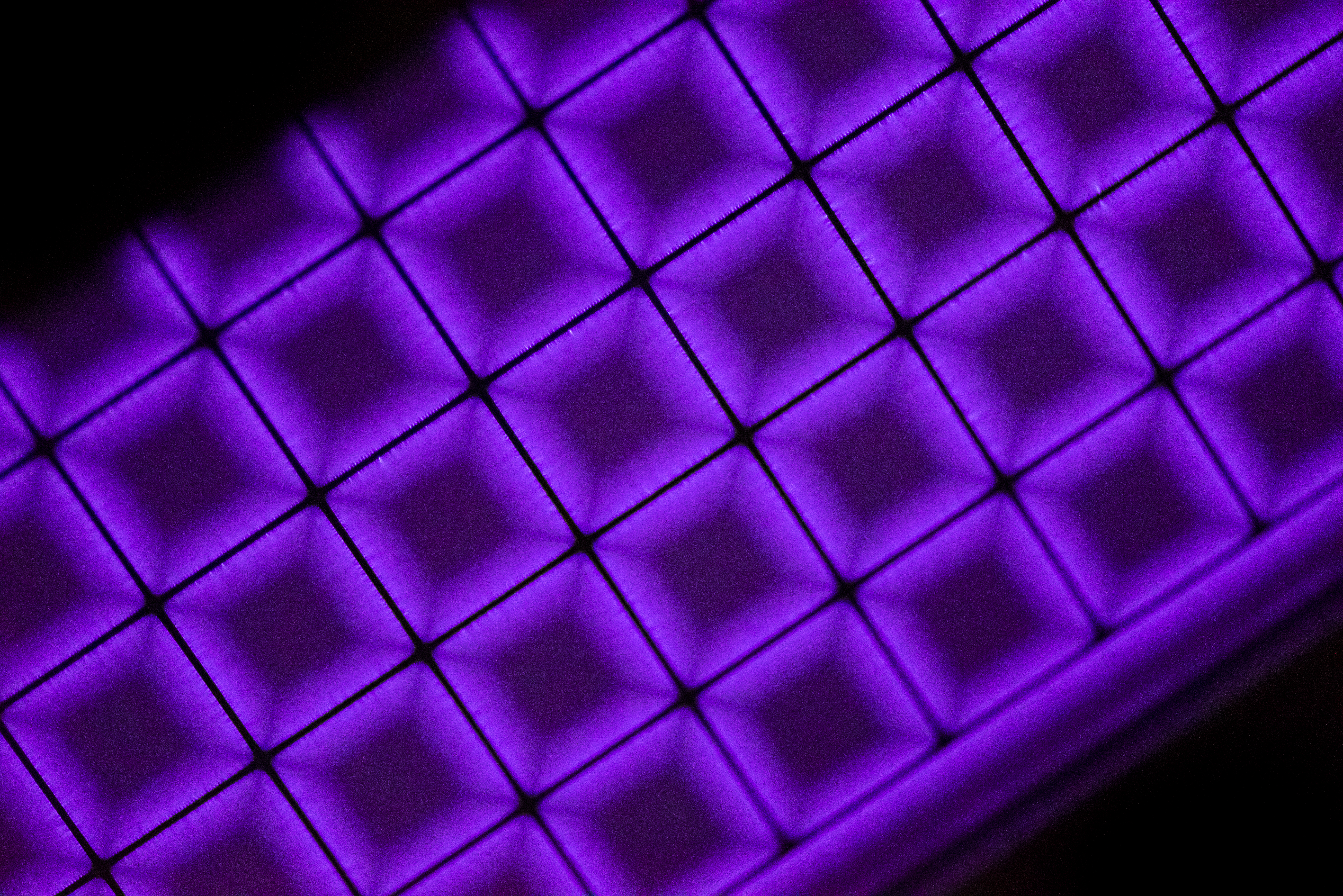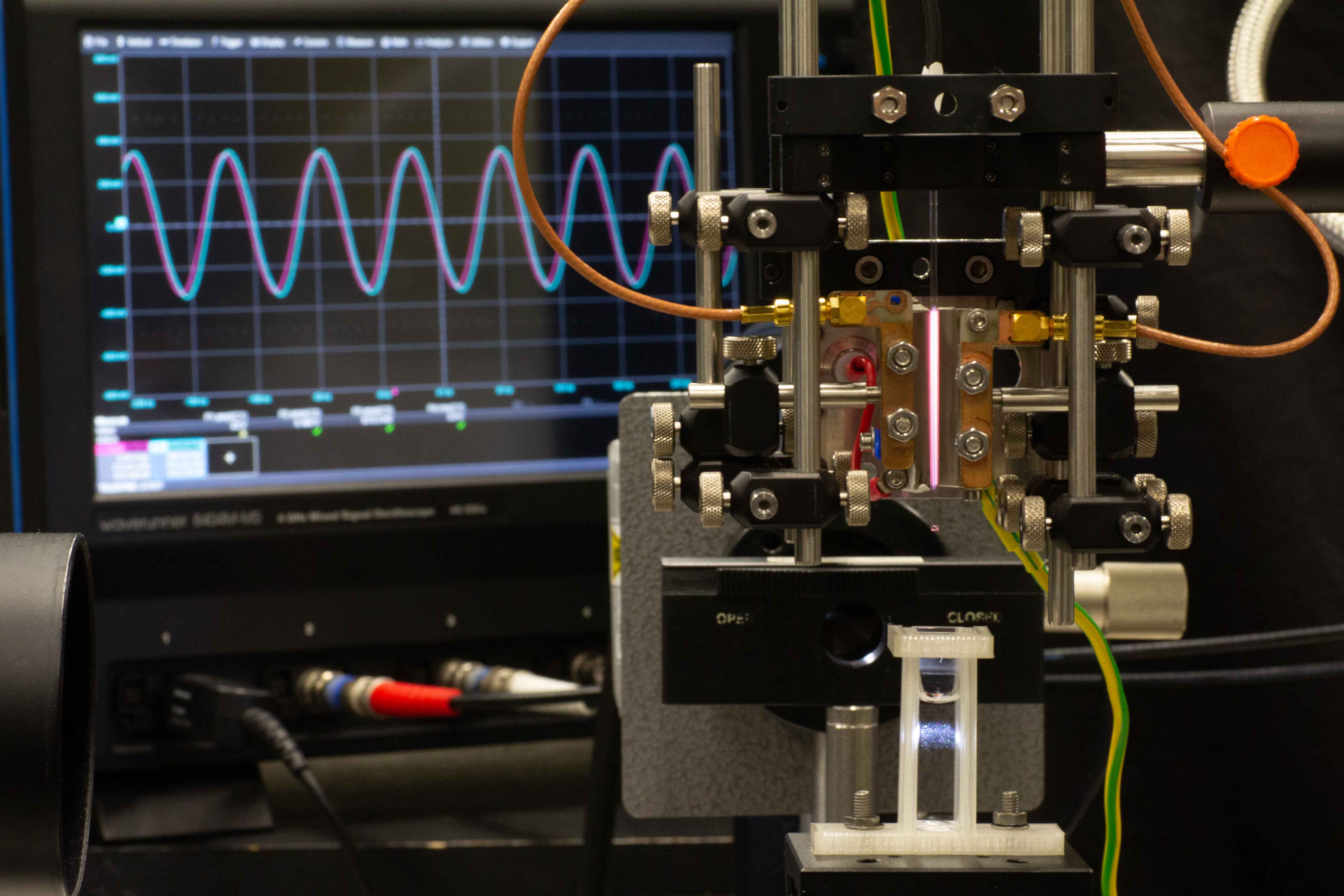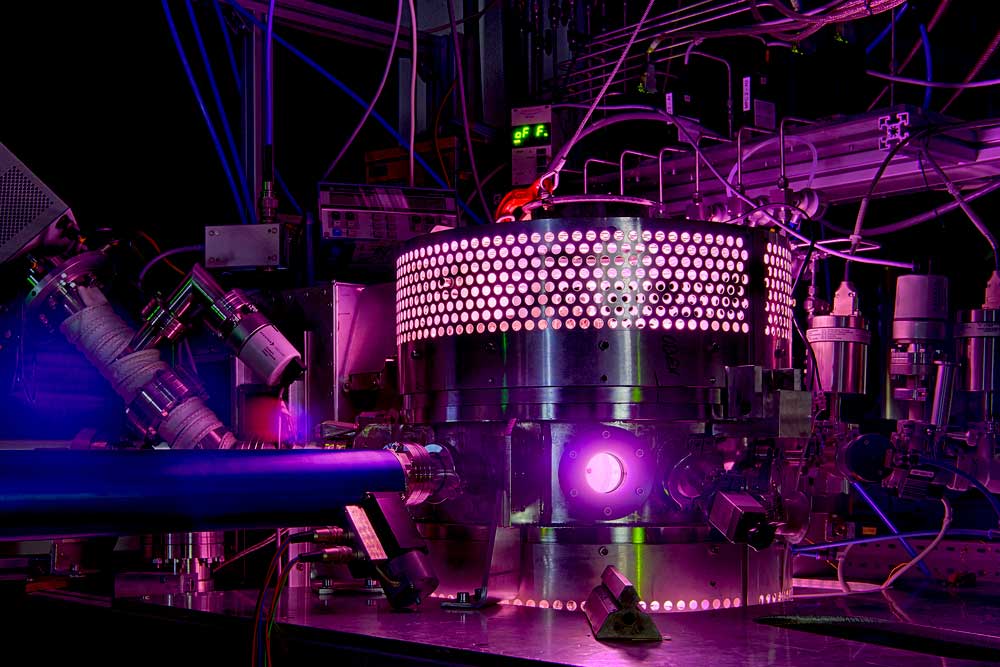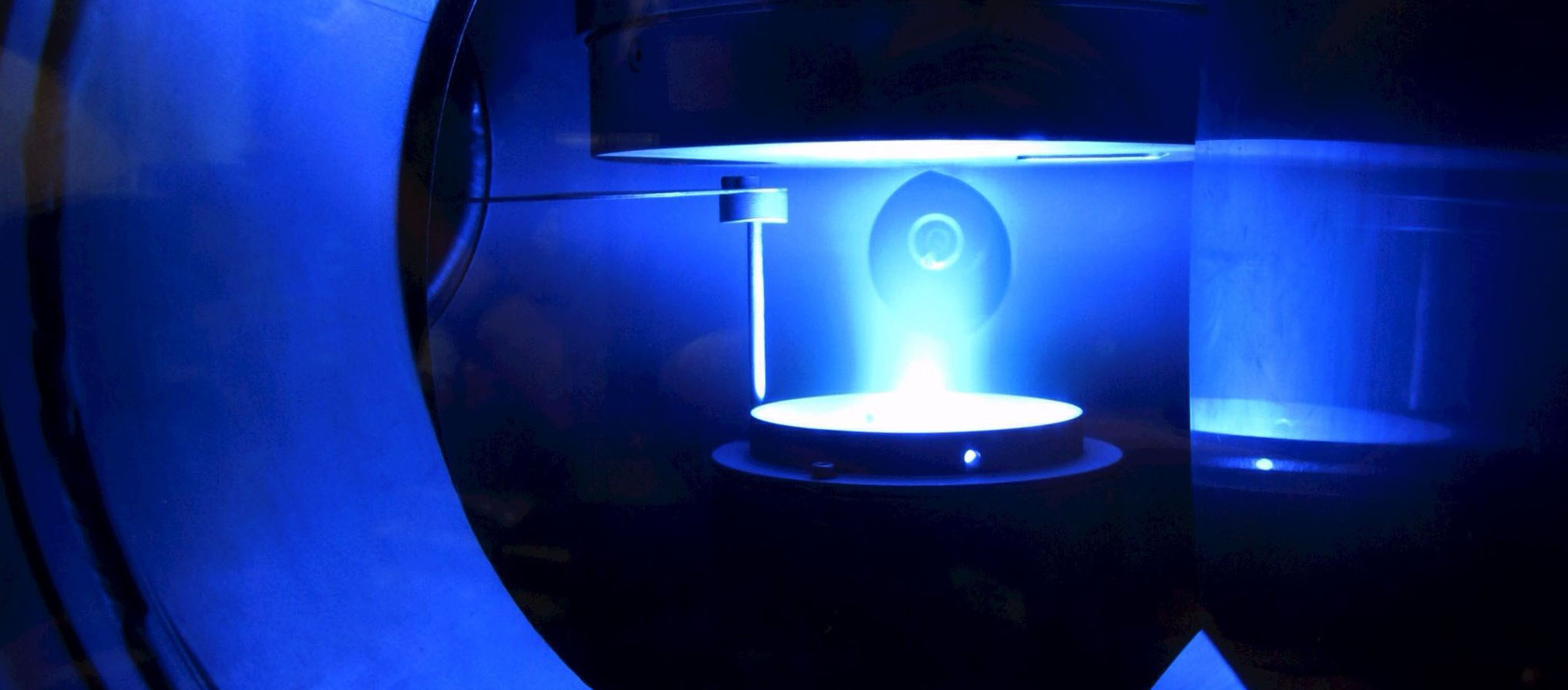- Details
EP5
Prof. Dr. Khristo Tarnev
Prof. Dr. Khristo Tarnev, Associate Professor at the Department of Applied Physics of the Technical University Sofia, Bulgaria, will visit Prof. Dr. Uwe Czarnetzki at the Chair of Plasma and Atomic Physics in the time from 24.01.-30.01.2016.
link to Khristo Tarnev
- Details
EP5
Prof. Dr. Hiroki Kondo
Prof. Dr. Hiroki Kondo of the Plasma Nanotechnology Research Center (PLANT) / Hori-Sekine Lab, Dept. of Elect. Eng. & Comp. Sci. of the Graduate School of Engineering at Nagoya University in Japan will visit Prof. Dr. Uwe Czarnetzki at the Chair of Plasma and Atomic Physics from February 25-27, 2016.
link to Hiroki Kondo
- Details
EP2
Prof. Remi Dussart & Philippe Lefaucheux
From December 8-11, 2015, Prof. Dr. Remi Dussart and his technician Philippe Lefaucheux from GREMI [Groupe de Recherches sur l'Energetique des Millieux Ionises], Université Orléans, France will join Dr. Volker Schulz-von der Gathen and Judith Golda at the Chair of Experimental Physics II. The two French colleagues will bring their latest microplasma sources, which will then be studied here with high temporal resolution after installation. Phase-resolved measurements of new metal-based microplasma arrays were made during the visit. The visit has been held as part of the PROCOPE exchange.
- Details
EP2
PROF. STÉPHANE LUCAS
Prof. Stéphane Lucas from Namur University, Belgium, will visit the Chair of Experimental Physics II on Thursday, November 26, 2015, to present the first results of our cooperation. At 14:00 he will give a talk on "On the understanding of state of the art deposition methods like HiPIMS in order to predict film properties by Monte Carlo simulations" in seminar room NB 5/158.
We would like to invite you to attend! From our side titanium films on silicon and the corresponding IEDFs were delivered during HiPIMS. The determination of the morphology, as well as the density and the elastic modulus and the comparison with the model calculations was done by his team.
Abstract:
S. Lucas1, P. Moskovkin1, A. Pflug2, C. Maszl3, A. von Keudell3
1 The University of Namur, Physics of Matter and Radiation (PMR), 61 rue de Bruxelles, B-5000 Namur, Belgium
2 Fraunhofer Institute for Surface Engineering and Thin Films IST, Bienroder Weg 54e, 38108 Braunschweig,
Germany
3 Ruhr-Universität Bochum, Fakultät für Physik und Astronomie, Universitätsstraße 150, D-44780 Bochum
Substrate ion bombardment during deposition plays a major role in thin film microstructure evolution. This has been one of the driving force for the development of state of the art deposition methods like high power impulse magnetron sputtering (HiPIMS) plasmas that generate energetic metal ions at the substrate as compared to conventional direct current magnetron sputtering (dcMS).
In the present study we investigate, by means of computer simulation and experimental validation, the growth of Ti films deposited by such a technique. The simulation work is done using NASCAM, which is a computer program based on kinetic Monte carlo of atomistic deposition. Kinetic Monte Carlo method allows to follow the evolution of large system of particles during longer times, up to 103 s, with relatively low computational effort compared to other techniques, like Molecular dynamic or even other Monte Carlo methods. This Virtual CoaterTM has been recently completed with a mechanical plugin to estimate the mechanical properties of films grown in silico. The code is built to calculate the effective Young’s moduli and Poisson’s ratios of a porous multilayered structure, using the classical formula "Rule of Mixture" (ROM), considering the Voigt’s model (longitudinal components) and Reuss’ model (transversal components).
Special attention is given to investigate the role of high energy particles flux on the properties of Ti films deposited by HiPIMS. Various films were grown at various power densities and for each, the energy distribution of the sputtered Ti+ and Ti2+ ions at the substrate were measured with a temporal resolution of 2 μs experimentally. Special care was given for conditions below and above the runaway regime. The surface morphology (AFM), density (RBS), and Young modulus (Nano-indentation) of the deposited films are compared with the simulated one.
- Details
EP2
PROF. JOSÉ-MARÍA ALBELLA MARTÍN
On Tuesday, October 6th 2015, Prof. José-María Albella Martín is going to give a tutorial about Thin Film Growth Phenomena. SFB members and all other interested persons with at least a master's degree are highly welcome.
Prof. Albella's tutorial (Thin Film Growth Phenomena) is going to deal with microscopic processes associated with thin film deposition, from the early stages of atom adsorption, nucleation, etc. to vertical growth of films showing different micro/nanostructures. These topics are going to be treated from a phenomenological perspective by using thermodynamic principles. Finally, the effects of the deposition conditions (pressure, temperature, deposition rate, impurities, etc) on the morphological and structural properties of the films are going to be discussed.
Dr. Albella is Senior scientist at the Surface Physics and Engineering Dept. (Institute of Materials Science, CSIC). Before, he has been a Professor at the Applied Physics Department (Universidad Autónoma de Madrid) where he taught several graduate and doctorate courses on semiconductors, electronic materials and thin films. Presently, he conducts a research group devoted to the study of ceramic coatings for surface treatments for tribological applications (mechanical parts, tools, etc.), using PVD and CVD techniques (sputtering, plasmas, ion beams, etc.).
His course will be taught on Tuesday, October 6th, in the classroom ID 04/401, and it has two parts:
Part I: Nucleation on the surface (10:30 - 12:00)
Lunch (12:00-13:00)
Part II: Vertical growth (13:00-14:30)
In order to register please send and email to
- Details
EP5
BANG-DOU HUANG
Bang-Dou Huang from Tsinghua University, Haidian, Beijing, China will work with Prof. Dr. Uwe Czarnetzki (Experimental Physics V) from October 1, 2015 to June 30, 2016 on a China Fellowship. Bang-Dou Huang is currently doing his PhD under Prof. Yi-Kang Pu at Tsinghua University in Beijing, with whom a close collaboration has existed for some time. The six-month stay is made possible by scholarship from his home university. Mr. Huang is investigating the propagation of ns-pulsed ionization waves in dielectric waveguides and has brought extensive experimental equipment to Bochum for this purpose. On the other hand, he is learning the technique of electric field measurement using four-wave mixing through collaboration with Patrick Böhm. In addition, he is working with Dr. Emile Carbon on ns-pulsed discharges in water.
- Details
TP1
PROF. RICHARD SYDORA
In September 2015, Prof. Dr. Richard Sydora from the University of Alberta, Canada, will again be a guest in Bochum with Dr. Jürgen Dreher (Theoretical Physics I).
